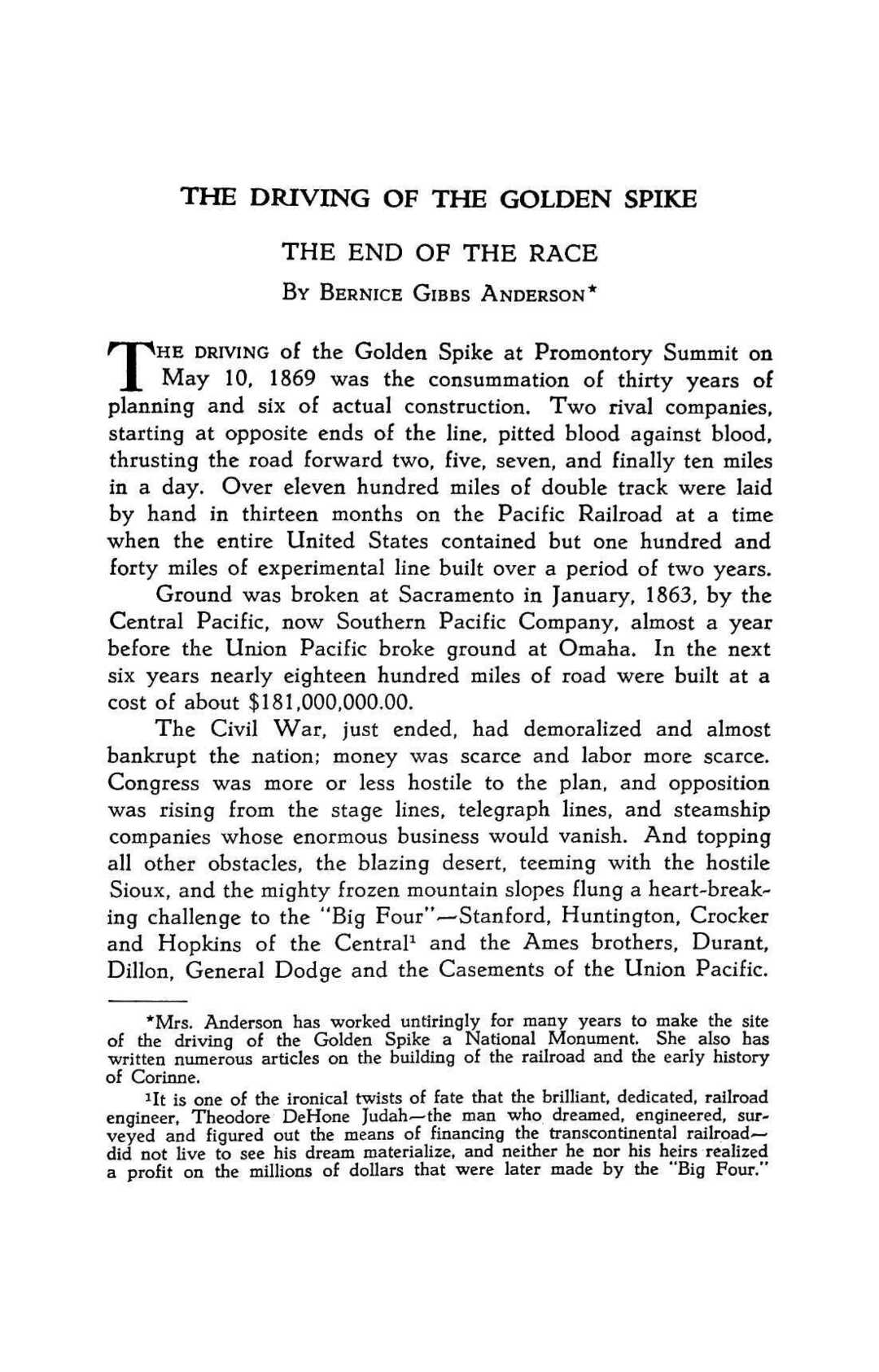T H E DESERET A G R I C U L T U R A L
AND
M A N U F A C T U R I N G SOCIETY I N PIONEER U T A H B Y LEONARD J. ARRINGTON*
T
HE GOAL of Mormon agricultural policy in pioneer Utah was expansion and complete self-sufficiency: Territorial occupancy and self-sufficiency as a minimum; maximum utilization of local water supplies and community self-sufficiency where possible; and family self-sufficiency when practicable. An attempt was made to facilitate family self-sufficiency by allotments of irrigated land sufficiently large to permit each family, whether farmers, craftsmen, or factory workers, to raise its own fruits and vegetables. These were intensively cultivated and took the place of specialized truck farms in the Mormon economy. Many families were saved from starvation by these gardens in years when field crops failed from lack of water, pests, or other calamity. For the benefit of immigrants from the Northeast and Europe who did not have the understanding or background to make the best use of their water and family plots, Mormon authorities delivered a recurring series of "Agricultural Sermons" in which instructions were given in the use of water and the management of crop and livestock enterprises. The twin goals of territorial expansion and self-sufficiency were plugged in four ways: (1) By an internal improvement program which centered attention on the construction of canals and irrigation works intended to assure maximum use of available water resources throughout the region; (2) by encouraging in various ways the production of certain critical items, such as tobacco, flax and hemp, sheep and wool, and silk; (3) by the Cotton Mission, which was intended to supply the territory with cotton, grapes, raisins, olive oil, wine, and other semi-tropical products; and, above all, by (4) sponsoring and supporting the Deseret Agricultural Manufacturing Society. * Professor Arrington is one of the most indefatigable investigators of Utah's economic history and a many time contributor to this journal.




















